

|
Model details
|
| Scale | 1:32 |
| Release date | 09/2012 |
| No. of parts | 261 |
| Length | 524 mm |
| Wingspan | 578 mm |
| Skill Level | 5 |
|
|
|
Original details
|
| Type description | Combat plane |
| Year/Period | 1943 |
| Origin | D |
| Engine capacity | 2 x 1398 kW |
| Speed | 670 km/h |
|
|
 04666 Heinkel He219 A-7/A-5/A-2 late "UHU"
04666 Heinkel He219 A-7/A-5/A-2 late "UHU"The
Heinkel He 219A was the first German fighter plane to be designed from
the outset as a night fighter. No other aircraft throughout the world,
is shrouded in as much mystery and accompanied by so many myths as the
He 219. The maiden flight of the He 219V1 on 6 November 1942 was
followed by a whole series of further prototypes prior to the first
production aircraft - an He 219A-0 - being delivered in June 1943.
Further development eventually led to the He 219A-2 series in July 1944.
In the meantime the He 219 had long since passed its "Baptism of Fire"
with flying colours. During the night of 11th / 12th June 1943 Major
Werner Streib in a He 219A-0 of No1 Night Fighter Wing was able to shoot
down 5 enemy bombers. During succeeding night missions the He 219A
proved to be an excellent, but still far from perfect fighter aircraft. A
request to add one additional crew member for aerial observation was
followed by a series of prototype He 219A-5's which were tested by No1
NFG. An increasingly long list of complaints led to a fundamental
revision based on the A-2. Mass production was planned under the
designation He 219A-7. The DB 603G or ultimately the Jumo 222 were
envisaged as power units. Since neither of these engines were however
available, it was decided to start mass production using the DB 603AA in
order to later upgrade to the A-7 standard when the new engines became
available.
New mould
- Finely embossed details and recessed panel joints
- Detailed cockpit with instrument panel
- Detailed ejector seat
- Side instrument panels and controls
- Front aiming units
- Radio Operator panel and Aiming Unit
- Fuselage position for imitation MG "Schrage Music"
- Separate flaps and rudders
- Landinglight
- Detailed Undercarriage bays
- Tail Unit with separate control surfaces
- Front Cylinder Ring with Radiator
- Flash Hiders
- Detailed Undercarriage
- Emergency Exit Ladder, extended or retracted
- Moving Propeller
- Antennas for the FuG 220 Radar System
- Alternative antennas and devices for the FuG 350 "Naxos" Radar System
Decals for the models:
- Heinkel He 219A-7 of 3./NJG 3 at Grove, Denmark, April 1945
- Heinkel He 219A-2 of 1./NJG 1 Westland/Sylt, Germany, April 1945
- Heinkel He 219A-7 of 1./NJG 1 Westland/Sylt, Germany, April 1945
- Heinkel He 219A-5 of Stab I./NJG 1 Münster-Handorf, January 1945
Colors: 2 5 8 9 15 36 40 45 47 48 49 50 77 83 89 90 99 302 382 712
|
Model details
|
| Scale | 1:32 |
| Release date | 09/2012 |
| No. of parts | 261 |
| Length | 524 mm |
| Wingspan | 578 mm |
| Skill Level | 5 |
|
|
|
Original details
|
| Type description | Combat plane |
| Year/Period | 1943 |
| Origin | D |
| Engine capacity | 2 x 1398 kW |
| Speed | 670 km/h |
|
|
 04666 Heinkel He219 A-7/A-5/A-2 late "UHU"
04666 Heinkel He219 A-7/A-5/A-2 late "UHU"The
Heinkel He 219A was the first German fighter plane to be designed from
the outset as a night fighter. No other aircraft throughout the world,
is shrouded in as much mystery and accompanied by so many myths as the
He 219. The maiden flight of the He 219V1 on 6 November 1942 was
followed by a whole series of further prototypes prior to the first
production aircraft - an He 219A-0 - being delivered in June 1943.
Further development eventually led to the He 219A-2 series in July 1944.
In the meantime the He 219 had long since passed its "Baptism of Fire"
with flying colours. During the night of 11th / 12th June 1943 Major
Werner Streib in a He 219A-0 of No1 Night Fighter Wing was able to shoot
down 5 enemy bombers. During succeeding night missions the He 219A
proved to be an excellent, but still far from perfect fighter aircraft. A
request to add one additional crew member for aerial observation was
followed by a series of prototype He 219A-5's which were tested by No1
NFG. An increasingly long list of complaints led to a fundamental
revision based on the A-2. Mass production was planned under the
designation He 219A-7. The DB 603G or ultimately the Jumo 222 were
envisaged as power units. Since neither of these engines were however
available, it was decided to start mass production using the DB 603AA in
order to later upgrade to the A-7 standard when the new engines became
available.
New mould
- Finely embossed details and recessed panel joints
- Detailed cockpit with instrument panel
- Detailed ejector seat
- Side instrument panels and controls
- Front aiming units
- Radio Operator panel and Aiming Unit
- Fuselage position for imitation MG "Schrage Music"
- Separate flaps and rudders
- Landinglight
- Detailed Undercarriage bays
- Tail Unit with separate control surfaces
- Front Cylinder Ring with Radiator
- Flash Hiders
- Detailed Undercarriage
- Emergency Exit Ladder, extended or retracted
- Moving Propeller
- Antennas for the FuG 220 Radar System
- Alternative antennas and devices for the FuG 350 "Naxos" Radar System
Decals for the models:
- Heinkel He 219A-7 of 3./NJG 3 at Grove, Denmark, April 1945
- Heinkel He 219A-2 of 1./NJG 1 Westland/Sylt, Germany, April 1945
- Heinkel He 219A-7 of 1./NJG 1 Westland/Sylt, Germany, April 1945
- Heinkel He 219A-5 of Stab I./NJG 1 Münster-Handorf, January 1945
Colors: 2 5 8 9 15 36 40 45 47 48 49 50 77 83 89 90 99 302 382 712
 After a sterling service during the Battle of Britain, the Hawker Hurricane was then adapted for a number of different roles. One of the most crucial was the conversion for use on-board merchant ships as a catapult fighter and conventional aircraft carriers as a naval fighter. The Sea Hurricane Mk.IIC was the ultimate development of the naval Hurricane. Armed with four 20mm cannons it packed a powerful punch and was easily able to deal with the Focke-Wulf Fw200 over the Atlantic.
After a sterling service during the Battle of Britain, the Hawker Hurricane was then adapted for a number of different roles. One of the most crucial was the conversion for use on-board merchant ships as a catapult fighter and conventional aircraft carriers as a naval fighter. The Sea Hurricane Mk.IIC was the ultimate development of the naval Hurricane. Armed with four 20mm cannons it packed a powerful punch and was easily able to deal with the Focke-Wulf Fw200 over the Atlantic. 


 , a friend of President Lincoln, in late May 1861 galvanized public opinion. He was considered a martyr to the Union cause. Col. Elmer E. Ellsworth rocketed to fame at a young age, befriended Abraham Lincoln, and became a very early casualty of the Civil War. His violent and newsworthy death only weeks into the conflict made him a martyr throughout the North.
, a friend of President Lincoln, in late May 1861 galvanized public opinion. He was considered a martyr to the Union cause. Col. Elmer E. Ellsworth rocketed to fame at a young age, befriended Abraham Lincoln, and became a very early casualty of the Civil War. His violent and newsworthy death only weeks into the conflict made him a martyr throughout the North.  and saw a large Confederate flag prominently displayed
and saw a large Confederate flag prominently displayed over the town of Alexandria, Virginia.
over the town of Alexandria, Virginia.
 while he led others to secure the telegraph office and get that Confederate flag, which was flying above the Marshall House Inn.
while he led others to secure the telegraph office and get that Confederate flag, which was flying above the Marshall House Inn. Ellsworth and four men went upstairs and cut down the flag. As Ellsworth came downstairs with the flag, the owner, James W. Jackson
Ellsworth and four men went upstairs and cut down the flag. As Ellsworth came downstairs with the flag, the owner, James W. Jackson , killed him with a shotgun blast to the chest. Corporal Francis E. Brownell,
, killed him with a shotgun blast to the chest. Corporal Francis E. Brownell, of Troy, New York
of Troy, New York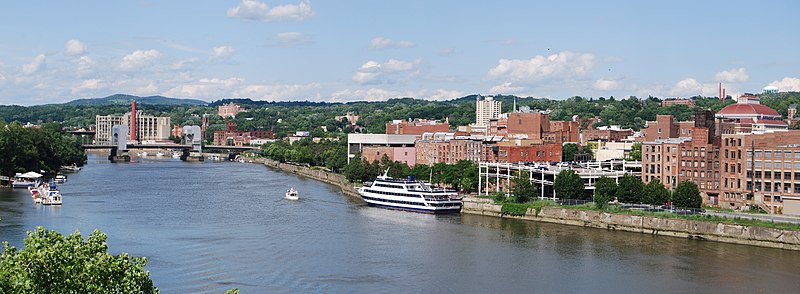 , immediately killed Jackson. Brownell was later awarded a Medal of Honor for his actions.
, immediately killed Jackson. Brownell was later awarded a Medal of Honor for his actions.
 . Ellsworth was then buried in his hometown of Mechanicville,
. Ellsworth was then buried in his hometown of Mechanicville, in the Hudson View Cemetery.
in the Hudson View Cemetery.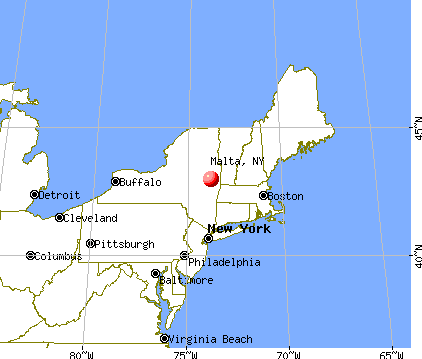
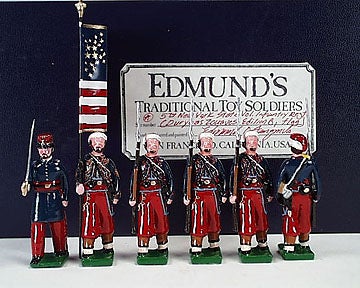

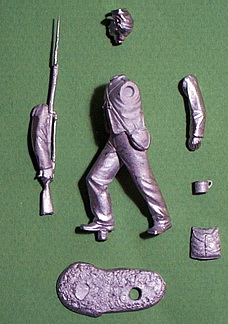



 ascended above Arlington Virginia on September 24, 1861 and was able to see Confederate troops three miles away, proving the value of "aeronauts" in the war effort.
ascended above Arlington Virginia on September 24, 1861 and was able to see Confederate troops three miles away, proving the value of "aeronauts" in the war effort.
 but it caused the U.S. Congress to form a special committee to monitor the conduct of the war, a minor affair when compared to later battles in the Civil War. But the disaster for the Union, which took place on the Virginia bank of the Potomac River about 40 miles from Washington, D.C., would have major consequences on the conduct of the war.
but it caused the U.S. Congress to form a special committee to monitor the conduct of the war, a minor affair when compared to later battles in the Civil War. But the disaster for the Union, which took place on the Virginia bank of the Potomac River about 40 miles from Washington, D.C., would have major consequences on the conduct of the war. 

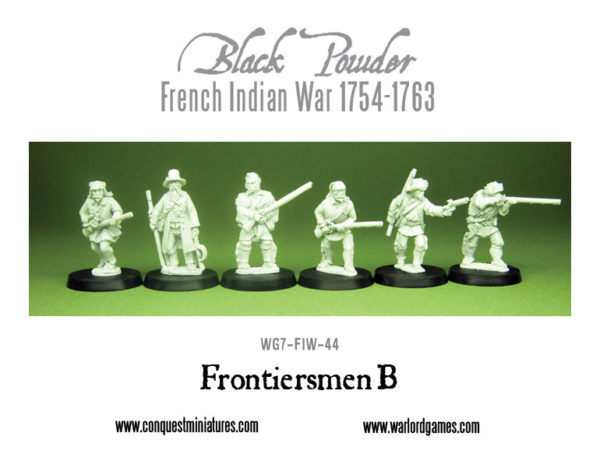



 bsm models
bsm models Gayle Rivers' first peson point of view is detailed and precise. His writing style make accounts of training, living in the jungle, and guerilla tactics used in the field come to life while at the same time give the words a flow that is easy to read.
Gayle Rivers' first peson point of view is detailed and precise. His writing style make accounts of training, living in the jungle, and guerilla tactics used in the field come to life while at the same time give the words a flow that is easy to read. I highly recommend to anyone interested in works concerning the war in Southeast Asia but want something different than the typical line infantry, Ranger, SEAL, or Green Beret accounts to read this book then reread it again. For myself, I ask anyone with more information concerning The Five Fingers (authenticity of the story, other points of view, etc) to e-mail me.
I highly recommend to anyone interested in works concerning the war in Southeast Asia but want something different than the typical line infantry, Ranger, SEAL, or Green Beret accounts to read this book then reread it again. For myself, I ask anyone with more information concerning The Five Fingers (authenticity of the story, other points of view, etc) to e-mail me. Gayle Rivers' first peson point of view is detailed and precise. His writing style make accounts of training, living in the jungle, and guerilla tactics used in the field come to life while at the same time give the words a flow that is easy to read. I highly recommend to anyone interested in works concerning the war in Southeast Asia but want something different than the typical line infantry, Ranger, SEAL, or Green Beret accounts to read this book then reread it again. For myself, I ask anyone with more information concerning The Five Fingers (authenticity of the story, other points of view, etc) to e-mail me.
Gayle Rivers' first peson point of view is detailed and precise. His writing style make accounts of training, living in the jungle, and guerilla tactics used in the field come to life while at the same time give the words a flow that is easy to read. I highly recommend to anyone interested in works concerning the war in Southeast Asia but want something different than the typical line infantry, Ranger, SEAL, or Green Beret accounts to read this book then reread it again. For myself, I ask anyone with more information concerning The Five Fingers (authenticity of the story, other points of view, etc) to e-mail me.











